Guest Article: A CCM Provider’s Biggest Fear
Home / Guest Article: A CCM Provider’s Biggest Fear
As a service provider managing millions of customer communications for your clients, a double stuff or a lost mailpiece is the cardinal sin, and every print and mail manager’s biggest fear. Consider the different types of mail your organization sends to customers – from account statements with highly sensitive data to invoices and promotional material, the content varies in volume, dimensions, intention and destination. Reducing the potential for errors in this environment is an ongoing battle.
So, how do you handle the following?
- Ensure all your jobs are processed accurately while meeting delivery deadlines?
- Maximize run lengths and productivity in your operations while maintaining high quality?
- Keep your customers informed as you manufacture and distribute their communications?
You’re facing a long list of demands and let’s not forget government regulations and trying to keep customers trust in your abilities.
To minimize the risks of privacy breaches and missed SLAs, many companies are stepping up to more modern insertion technology platforms that increase accuracy and productivity. Using the latest insertion technology and techniques requires adding barcodes and other manufacturing controls to the jobs/documents. This leads to several questions: where in the workflow will you execute these tasks? Do you rewrite the applications at the composition level, or change the jobs post composition?
In many cases, it is easier and faster to do this work after composition and before printing. This opportunity also allows operations to control the manufacturing process outside of the IT department, leading to more flexibility in larger mixed product environments and multi-site operations.
Post composition work involves interrogating the job files (PDF, PostScript, AFPDS, and others) for document characteristics like the number of sheets for each document, the number of documents in the job, locating the front sides and the backsides, and more. This is referred to as indexing the jobs. Indexing gathers the metadata that goes into constructing the inserter barcodes, applying human readable information, and performing postal processing. Postal processing after composition is especially important for shops using high-speed inkjet printers because multiple jobs are combined to “feed the beast,” and additional postage benefits are achieved when running the combined jobs through software like BCC Mail Manager.
Introducing the indexing and post composition tasks into the workflow can be done with the Alchem-e™ Platform offered by Racami. Operators quickly string together tasks to perform the reengineering of the jobs or documents using a drag-and-drop interface, which makes short work of setting up the indexes, adding the barcodes, task scheduling, email notification, postal processing, document editing, and more. Alchem-e also tracks all the activity and metadata for auditing the process and supporting departments like accounting and customer service. Overall, it watches over the health of the entire operation, so you can meet your promises and account for every communication you deliver.
For more information and a demonstration of the Alchem-e CCM Platform, visit www.racami.com

